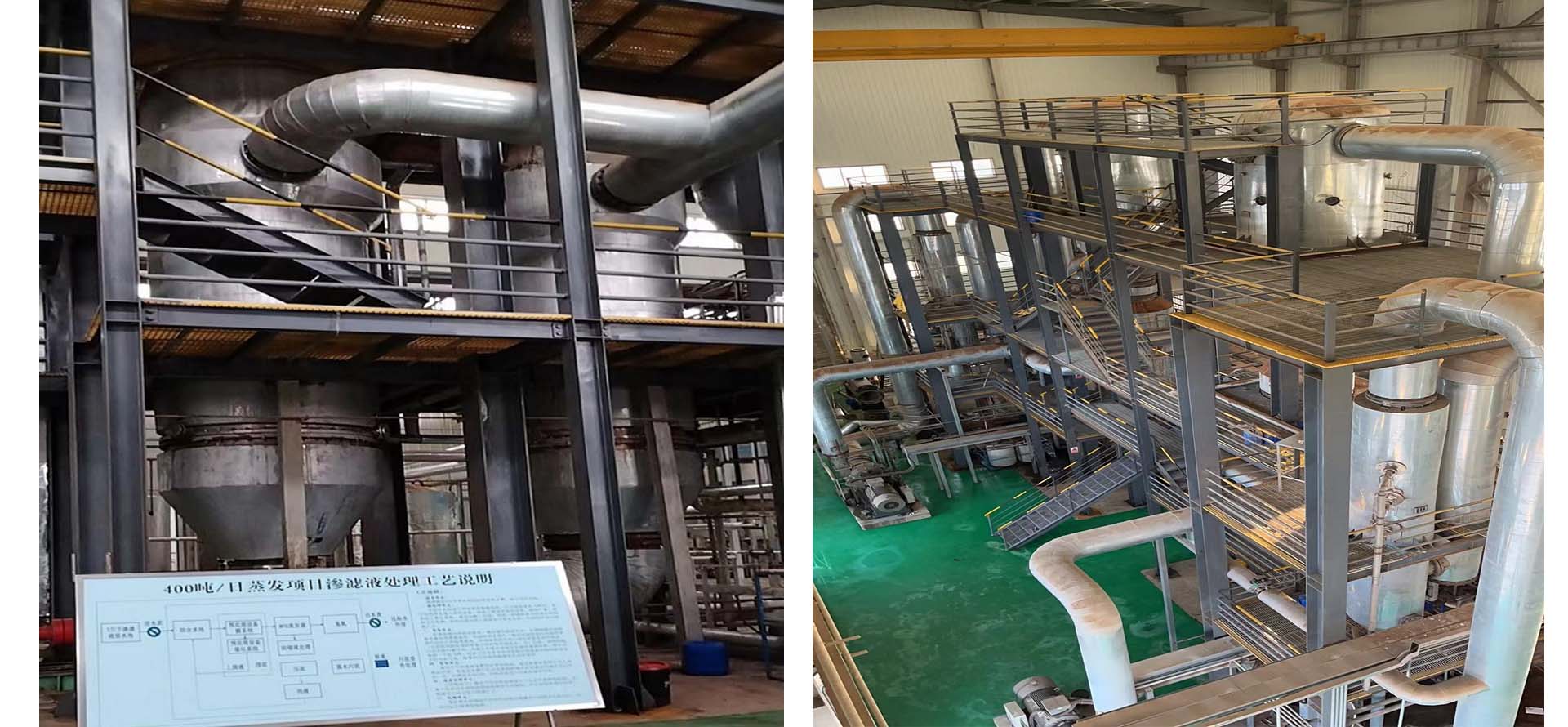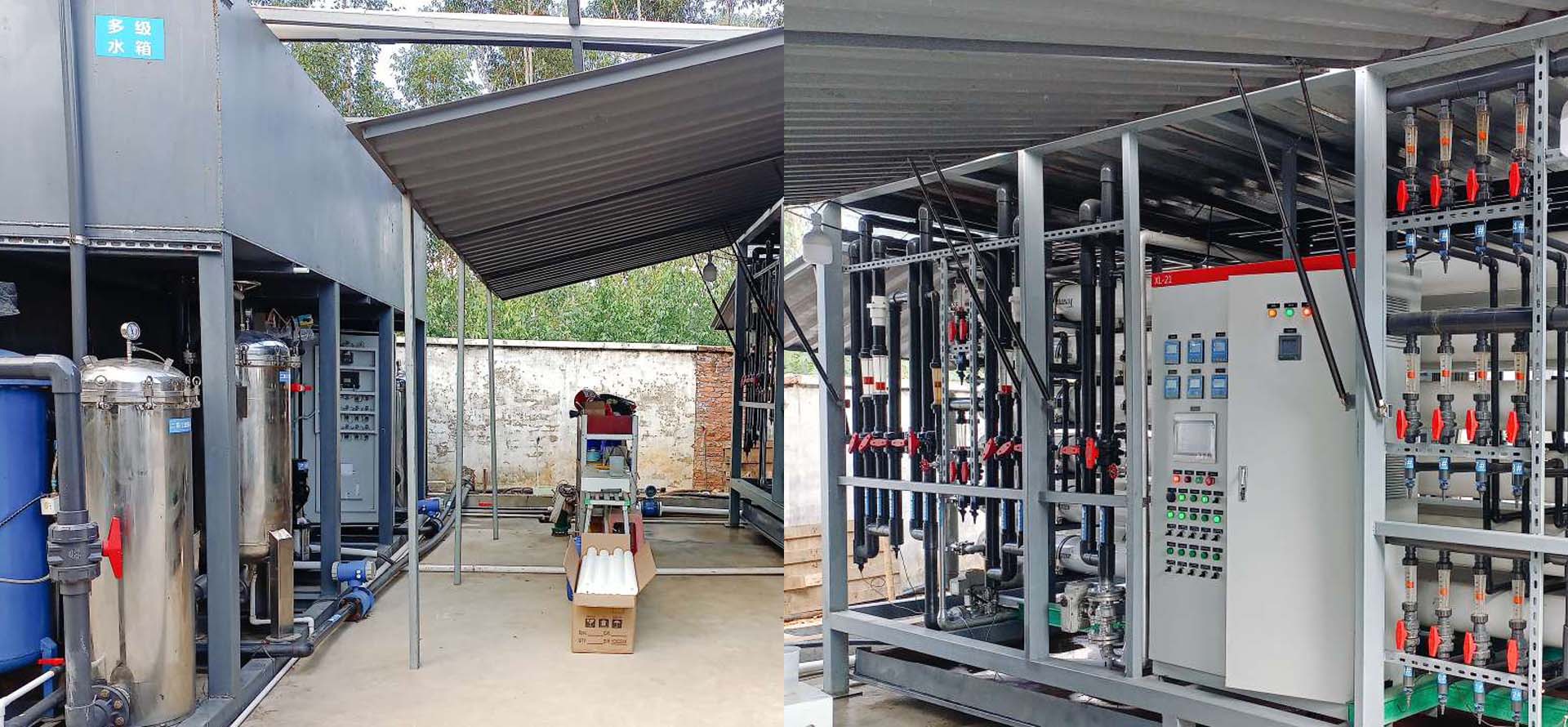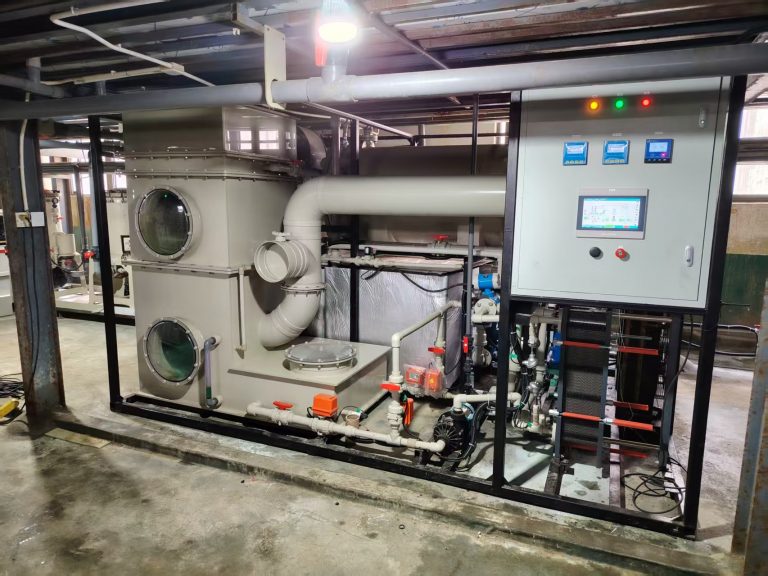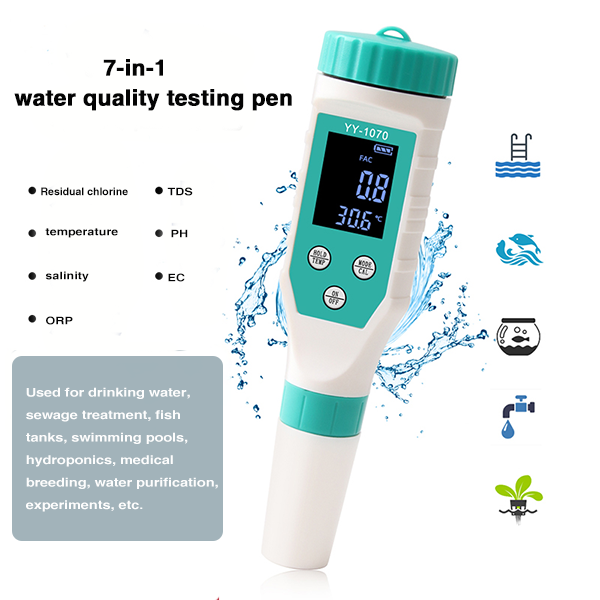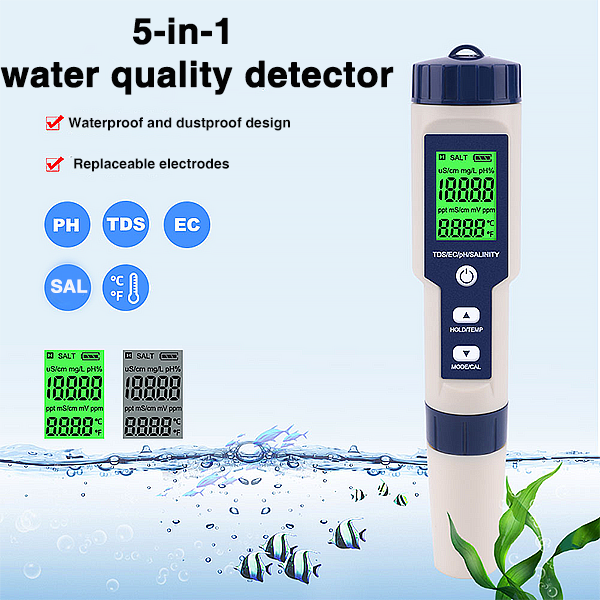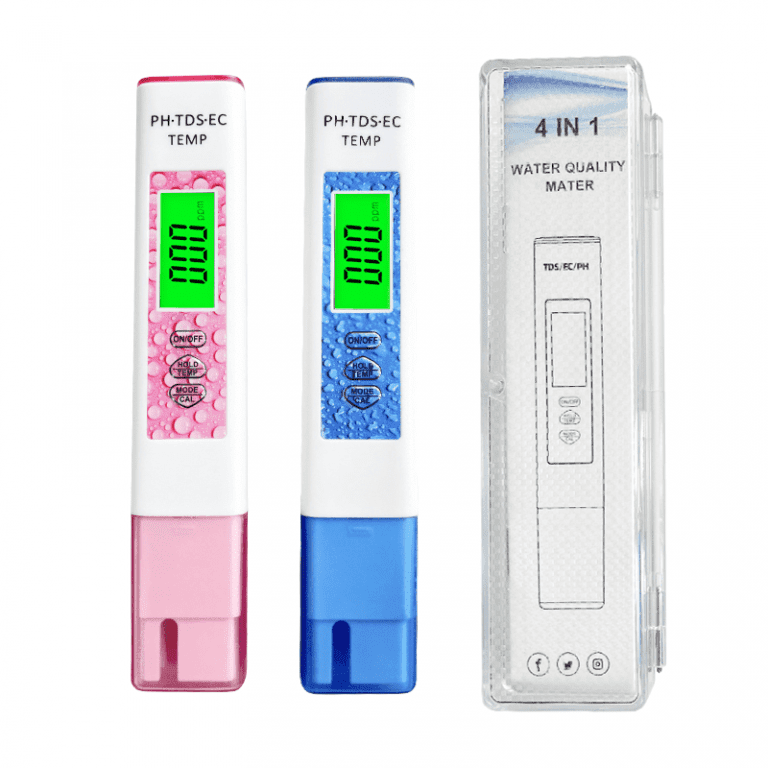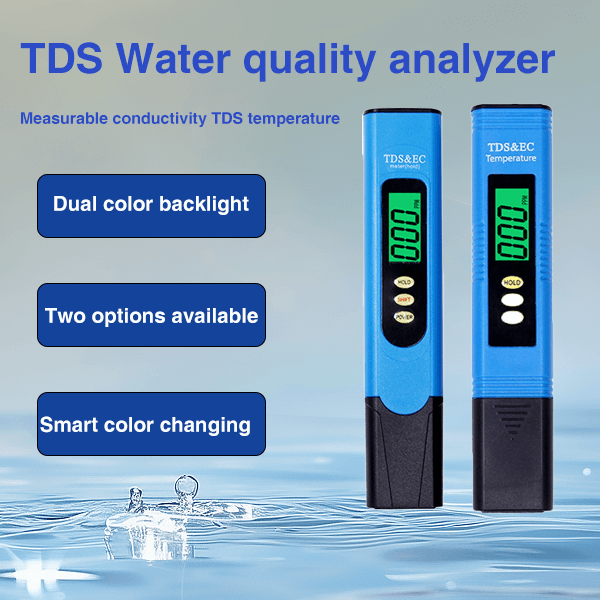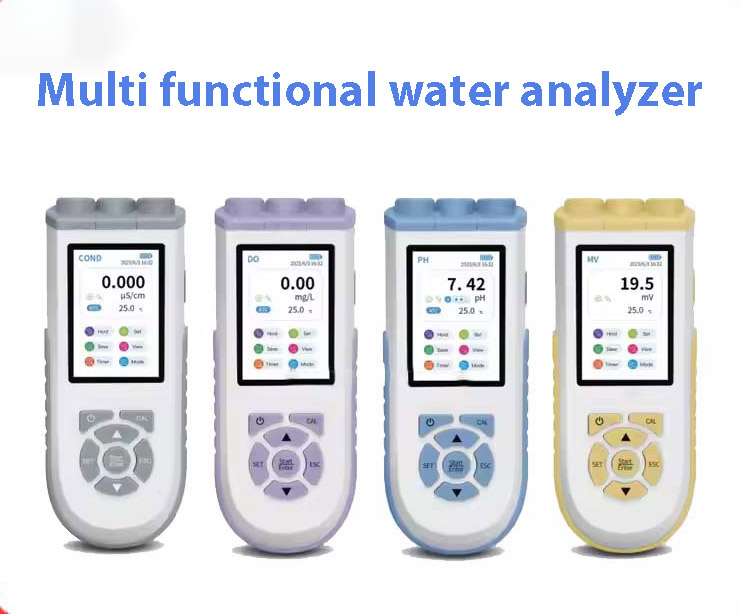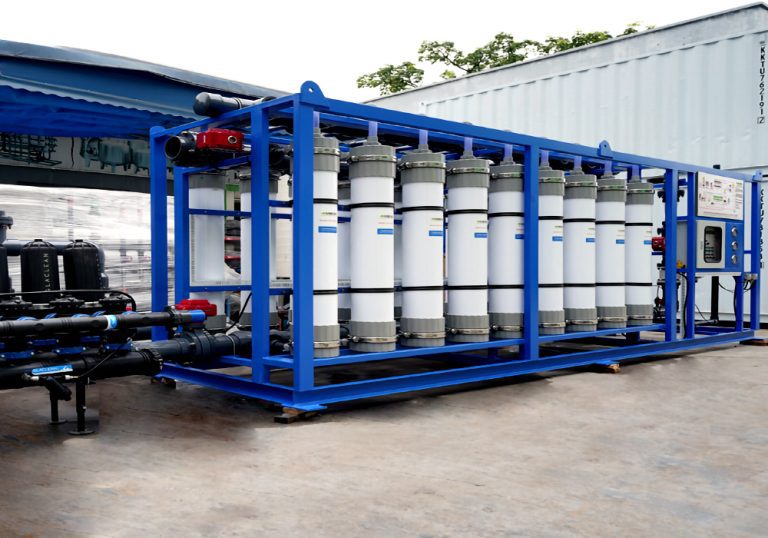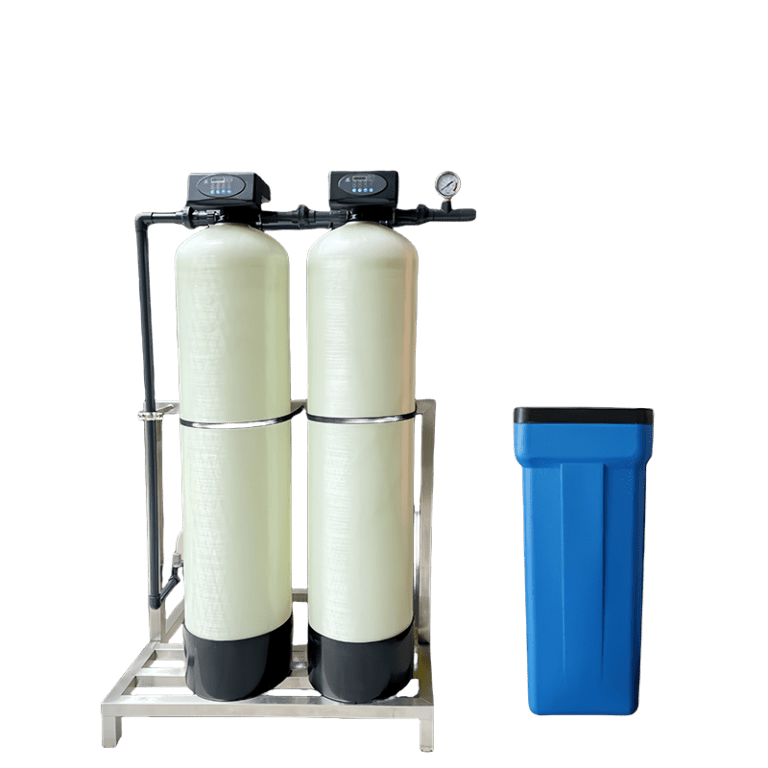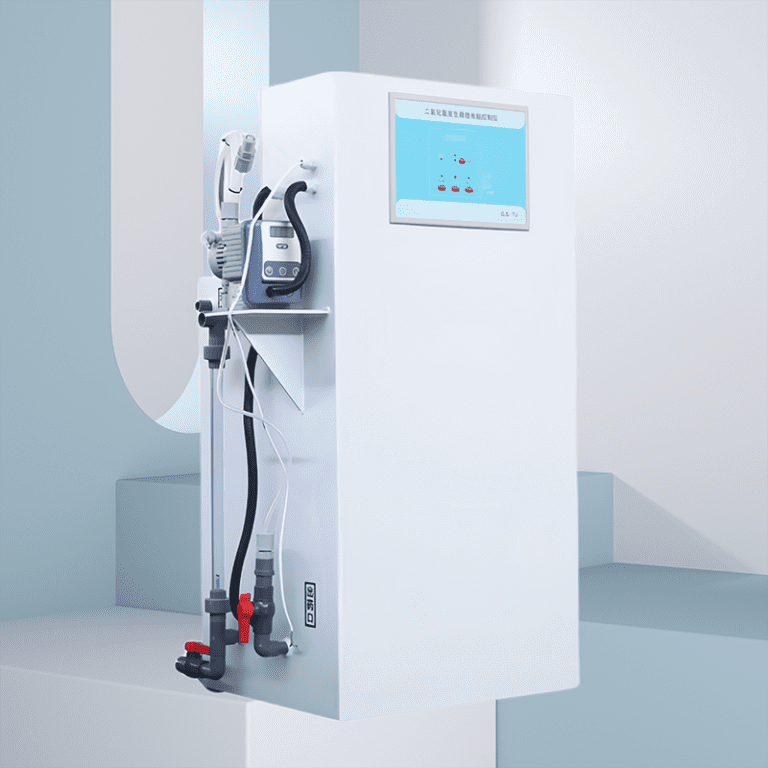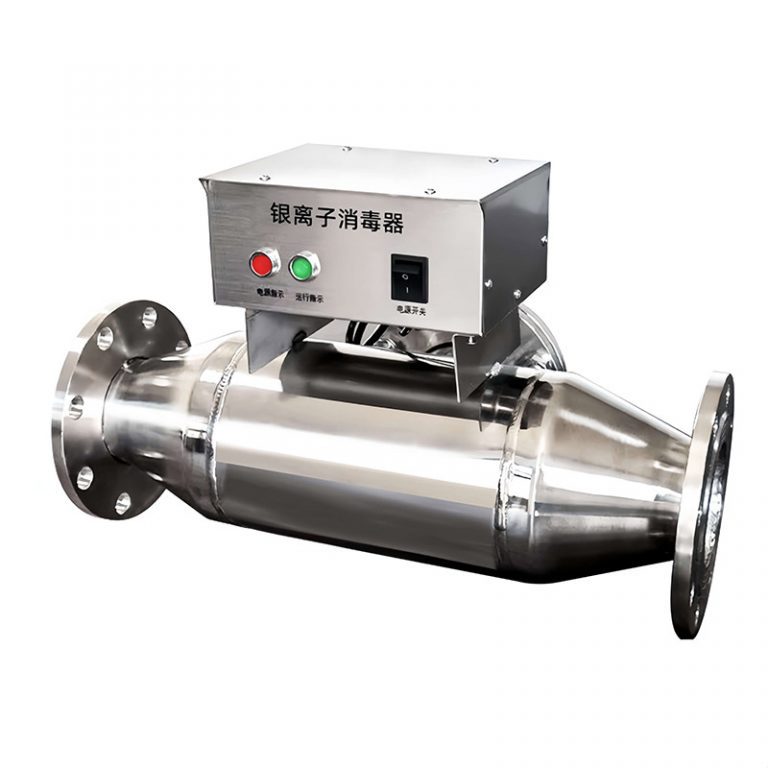What is the situation for the present leachate treatment?
1.Large production and complex composition: With the acceleration of urbanization, the amount of garbage generated continues to increase, and the production of leachate from garbage also increases accordingly. Its composition is complex, containing high concentrations of organic matter, ammonia nitrogen, heavy metals, toxic and harmful substances, and the water quality is greatly affected by factors such as landfill age, climate, precipitation, etc.
2. Strict processing requirements: The national standards for the discharge of leachate from garbage are becoming increasingly strict, requiring that the treated effluent must meet the discharge standards. For example, the “Pollution Control Standards for Landfills of Municipal Solid Waste” (GB16889-2008) stipulate that the effluent treated with leachate must have CODCr and ammonia nitrogen concentration values below 100mg/L and 25mg/L, respectively.
3.The processing technology continues to develop: Currently, the main methods for treating leachate from garbage include reinjection, biochemical treatment, membrane filtration treatment, advanced oxidation methods, and related combination processes. For example, the combination process of “pretreatment+biological treatment+deep treatment” can effectively improve the treatment effect.
Difficulties in the treatment of leachate from garbage
4.The water quality is complex and varies greatly: the water quality of leachate from garbage is affected by multiple factors, with a large range of variation. The water quality and quantity of leachate in different seasons and ages vary greatly, which poses challenges to the selection and operation of treatment processes.
5.Poor biodegradability: The leachate from garbage contains a large amount of difficult to degrade substances and toxic and harmful substances, resulting in poor biodegradability. It is difficult to meet emission standards using a single biochemical treatment.
6.High processing cost: The treatment of leachate from garbage requires a large amount of equipment and manpower investment, resulting in high processing costs. For example, using membrane treatment technology as a deep treatment can result in long-term high costs for leachate treatment.
7.Difficulty in concentrated solution treatment: During membrane treatment, concentrated solution is generated, which generally accounts for about 20% to 30% of the volume of the leachate solution. The residual pollutants in the concentrated solution are difficult to biodegrade, and have high salt content, abundant metal ions, and imbalanced nutrient ratios, making the treatment difficult.
8.Difficulty in selecting technology: Due to the complexity of landfill leachate, there is no single process suitable for leachate treatment in all landfills and at all stages. It is necessary to choose an appropriate combination process based on the actual situation
Regarding to the difficult to treatment the leachate, what is the method and what is the technology for now we have to treatment the leachate?
1. Evaporation technology
Mechanical vapor recompression evaporation (MVR): Using a steam compressor to compress the secondary steam generated by evaporation, increasing its temperature and heat, and allowing the original liquid to evaporate and concentrate again. This technology is suitable for pre treated leachate or membrane concentrate, and has the characteristics of high efficiency and energy saving.
Immersion Combustion Evaporation (SCE): By pressurizing and immersing gas fuel on the subsurface of a liquid, ultrafine bubbles are formed and directly contact the concentrated liquid for evaporation. This technology is suitable for processing concentrated solutions with high salt and organic concentration.
2. Advanced oxidation technology
Fenton Advanced Oxidation: Strong oxidizing hydroxyl radicals are generated through Fenton reagents (hydrogen peroxide and ferrous ions) to oxidize and decompose recalcitrant organic compounds in concentrated solutions. This technology is often combined with other processes, such as “Fenton fluidized bed+aerated biological filter”, which can effectively improve biodegradability and reduce COD.
Catalytic wet oxidation (CWAO): Under high temperature and high pressure conditions, the oxidation reaction is accelerated by a catalyst to degrade high concentration and highly toxic organic compounds in the concentrated solution. This technology can achieve efficient processing under relatively mild conditions.
3. Electrochemical treatment technology
Bipolar membrane electrodialysis (BMED): Separation of inorganic salts from concentrated solution through electrodialysis, and simultaneous preparation of inorganic acids and bases to achieve resource utilization. This technology can achieve a desalination rate of 94.7% while reducing the transmembrane migration of organic matter.
Electrolytic oxidation method: using direct oxidation of the anode and indirect oxidation in the solution to generate strong oxidants (such as hydroxyl radicals) to degrade organic matter. This technology is easy to operate and has low energy consumption.
4. Resource utilization technology
Inorganic salt recovery: Through technologies such as bipolar membrane electrodialysis, inorganic salts are separated and recovered from concentrated solutions to achieve resource utilization.
Deep treatment and reuse: Combining multiple technologies (such as “pretreatment+deep treatment” or “pretreatment+main treatment+deep treatment”) to achieve higher water quality standards for the treated concentrate, which can be used for irrigation or reuse.
5. Combination process
Short range nitrification anaerobic ammonium oxidation: used for deep denitrification treatment of concentrated liquids, with high efficiency and low carbon characteristics.
Membrane technology is combined with other processes, such as “membrane bioreactor (MBR)+advanced oxidation” or “nanofiltration+reverse osmosis+evaporation”, to achieve fully quantified treatment of concentrated solutions.
These new technologies have made significant progress in processing efficiency, resource utilization, and cost control, providing more options for the treatment of concentrated leachate from garbage.
At present, the composite catalytic oxidation integrated equipment developed by our factory has successfully solved the problem of difficult treatment and high cost of concentrated leachate from garbage. In the traditional treatment mode, only the composite catalytic oxidation process needs to be added at the back end of the process to make the concentrated solution meet the standard, saving huge process renovation costs and making wastewater discharge meet the standard. On site introduction of this fully quantified disposal process, achieving advanced technology, reliable operation, convenient maintenance, economic rationality, environmental protection, safety and hygiene, and energy conservation, with technical and economic performance in compliance with relevant laws, technical standards, and technical specifications.
Welcome to contact us for more information:

